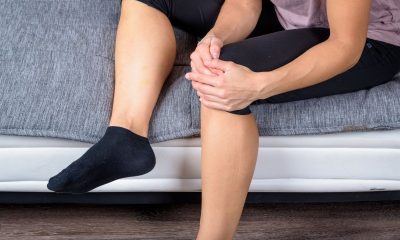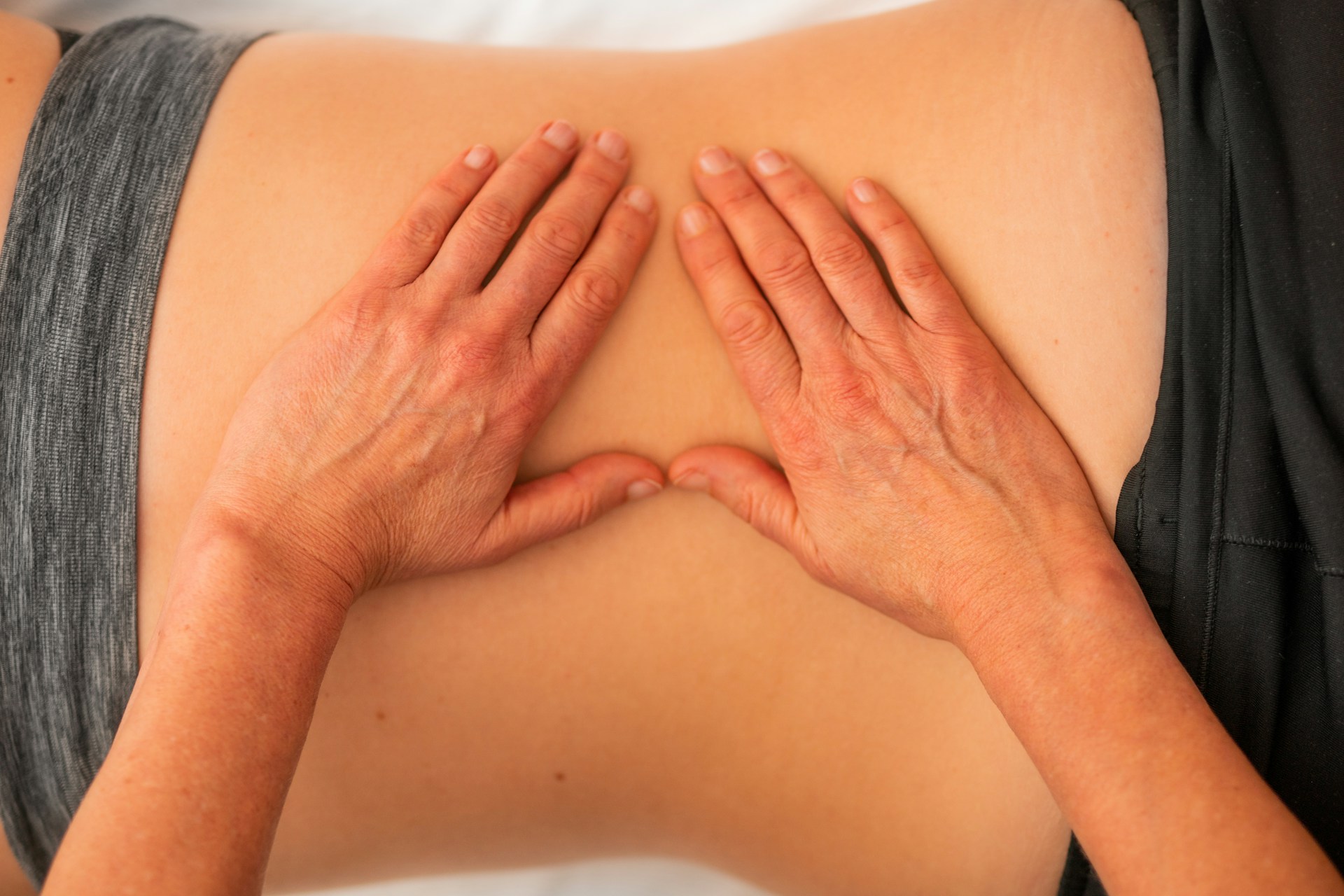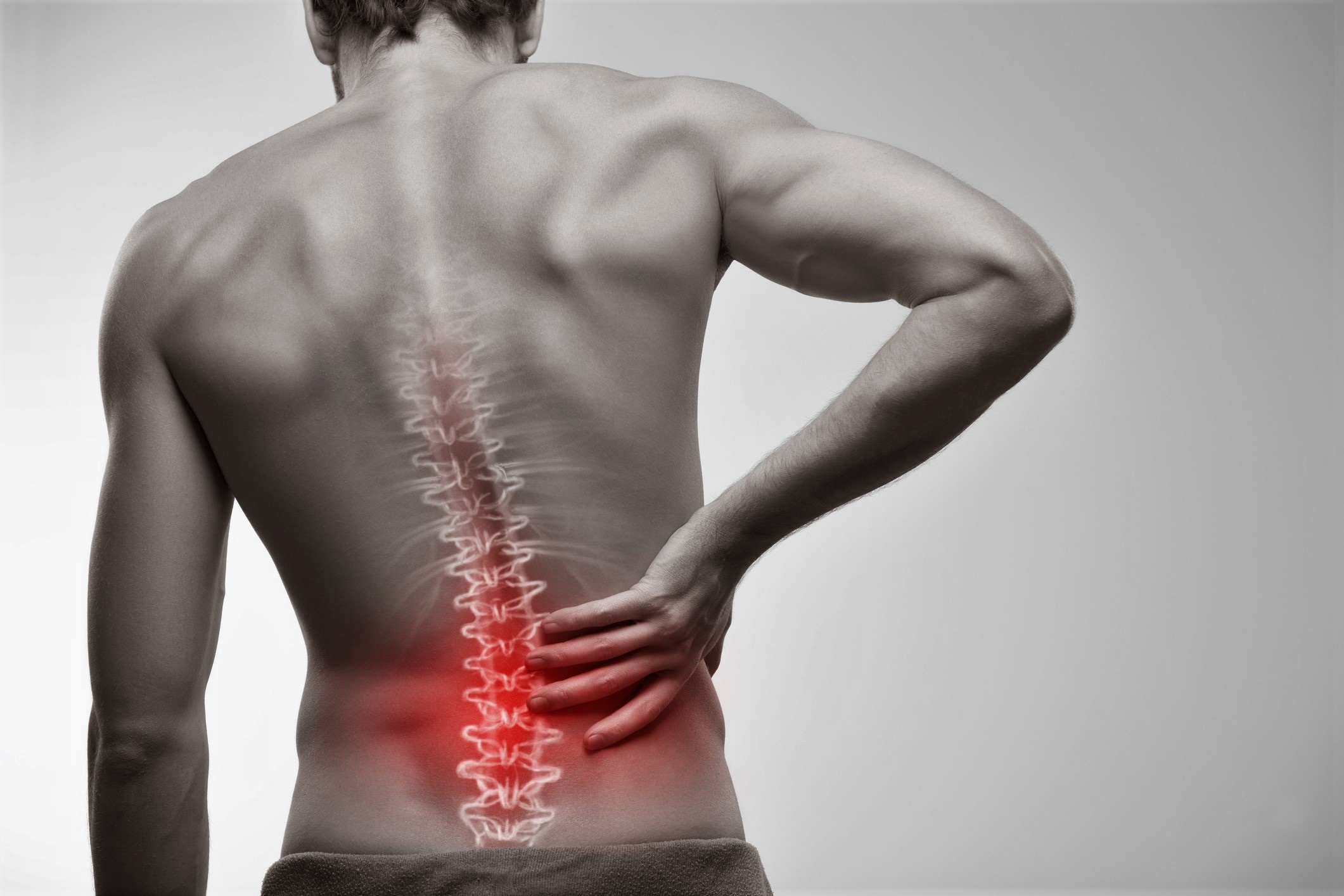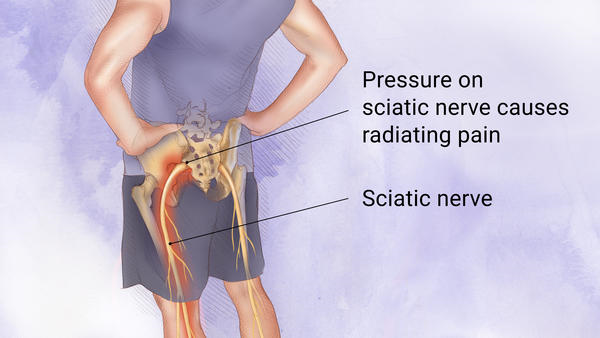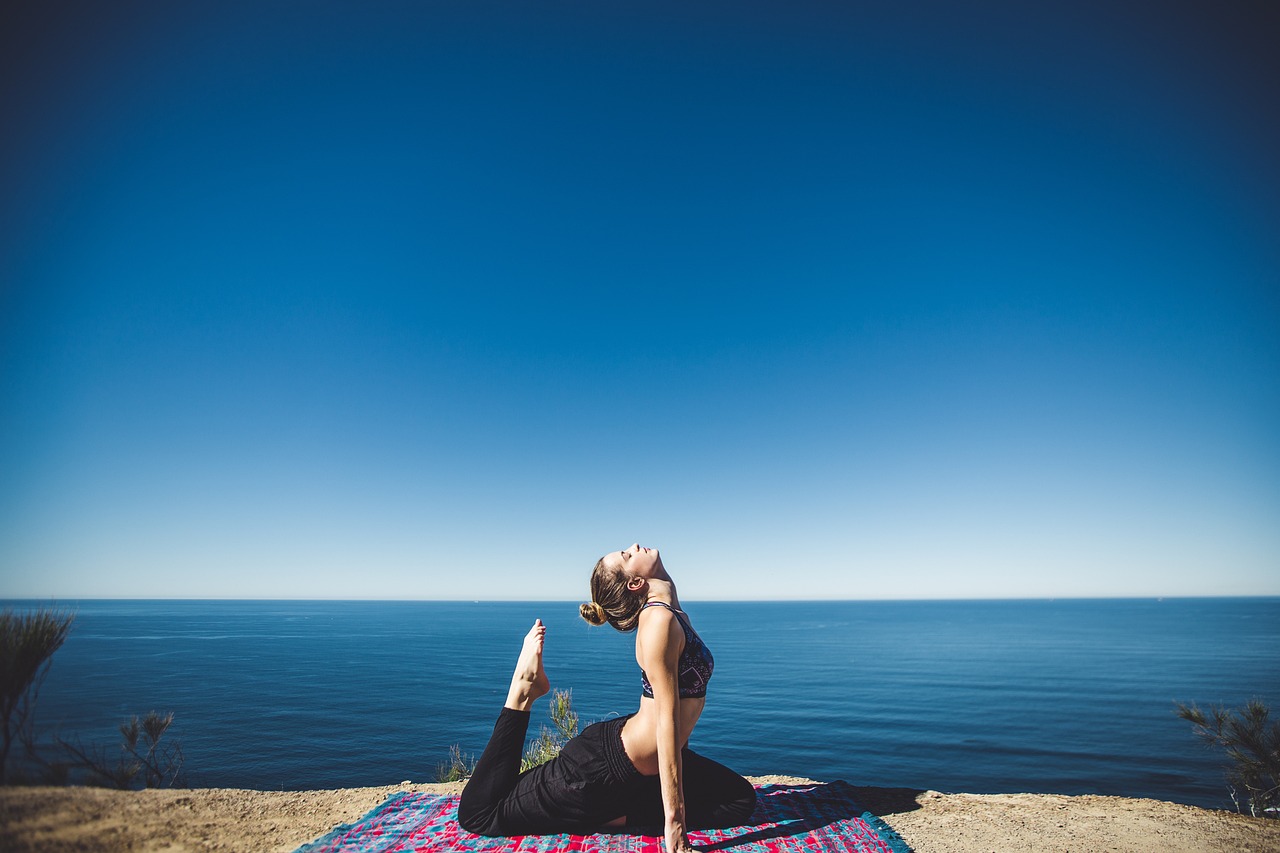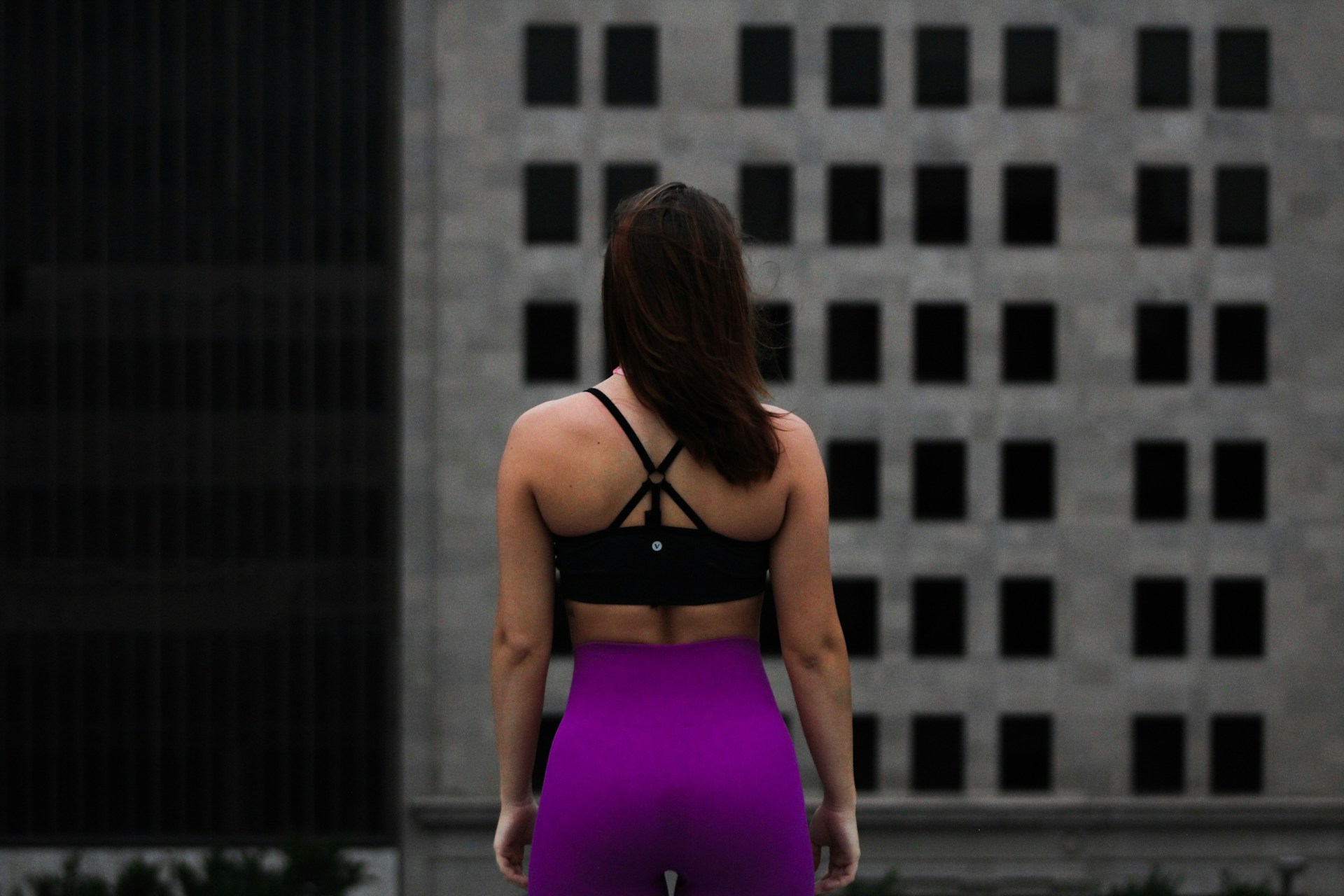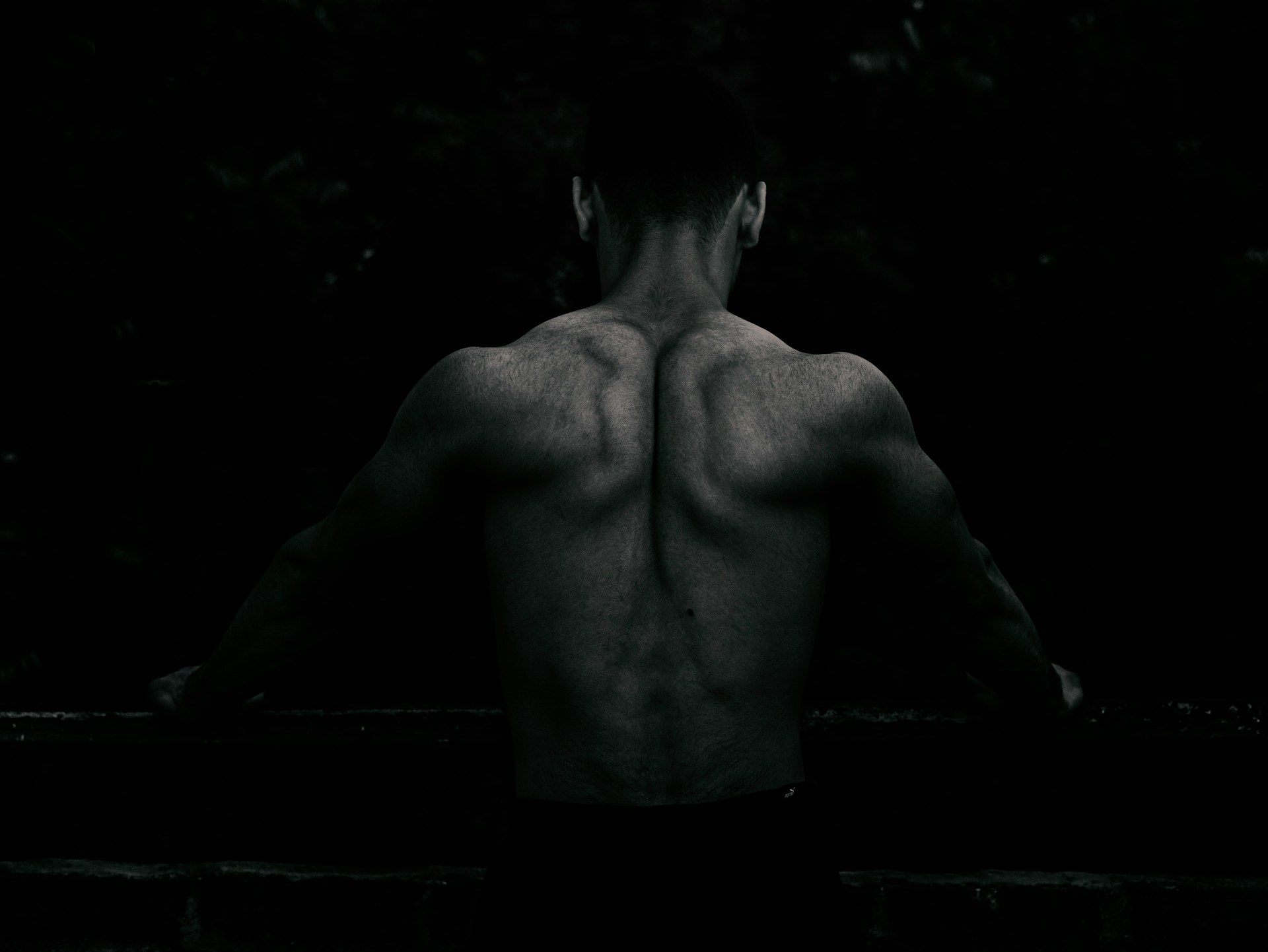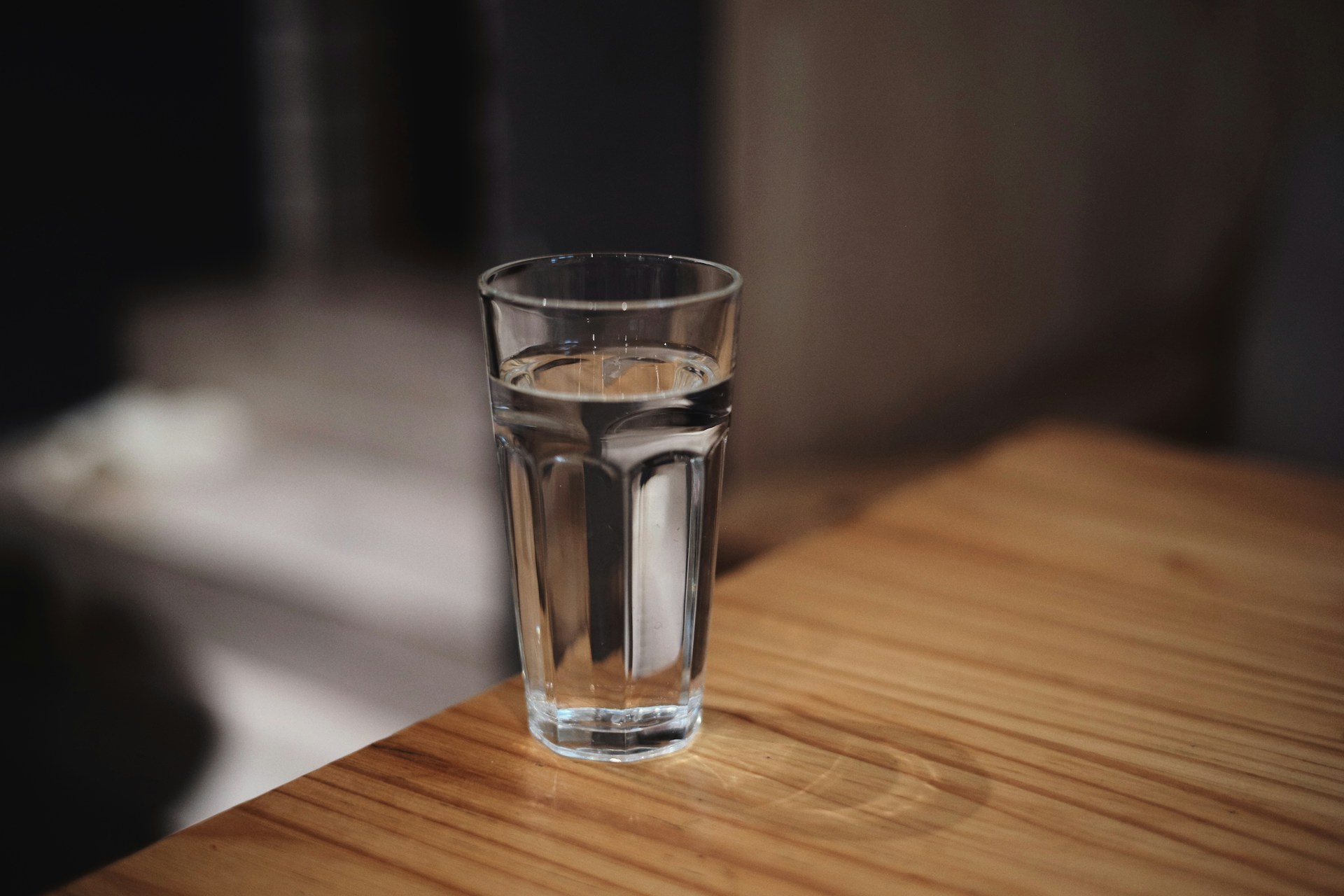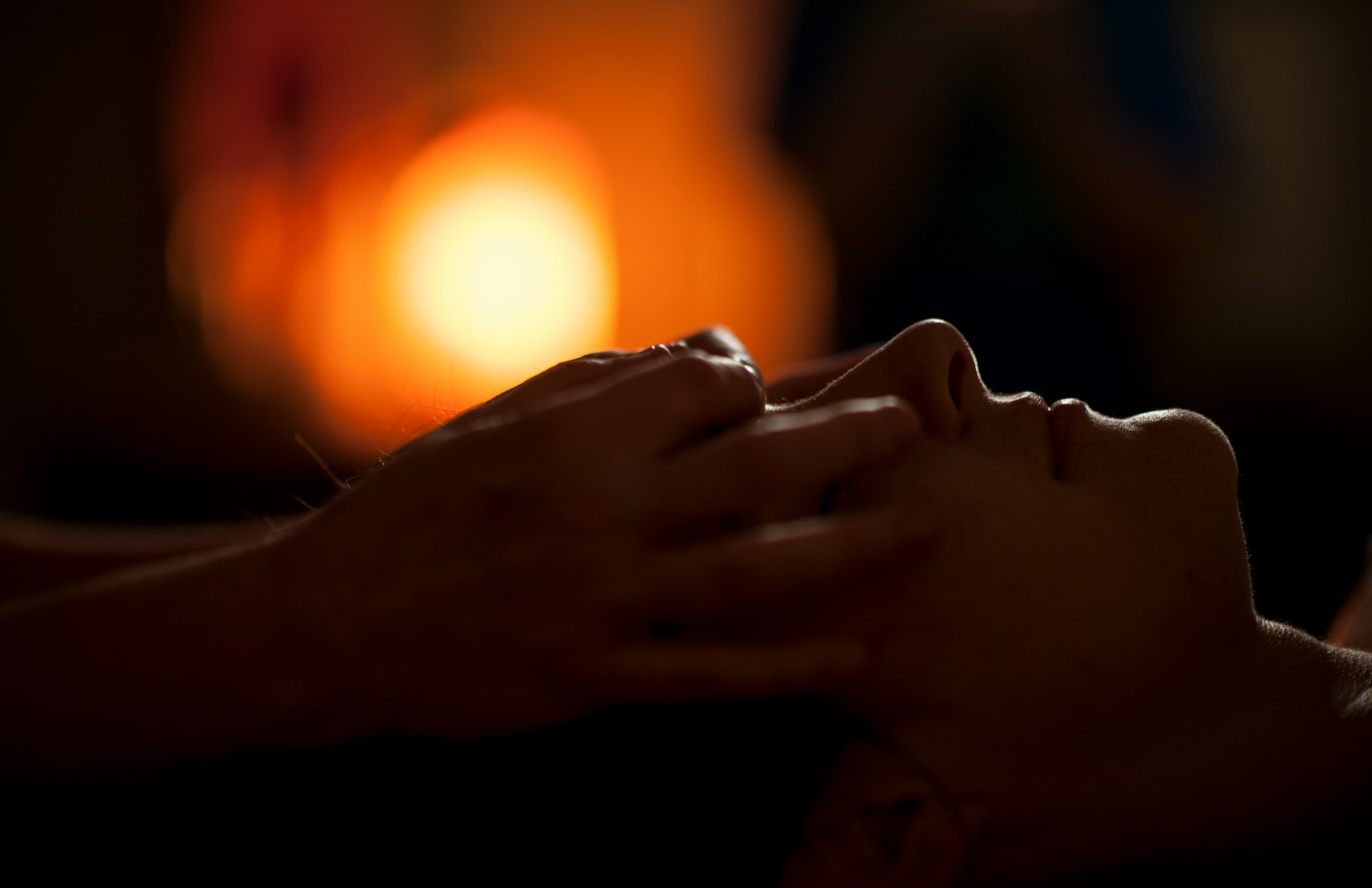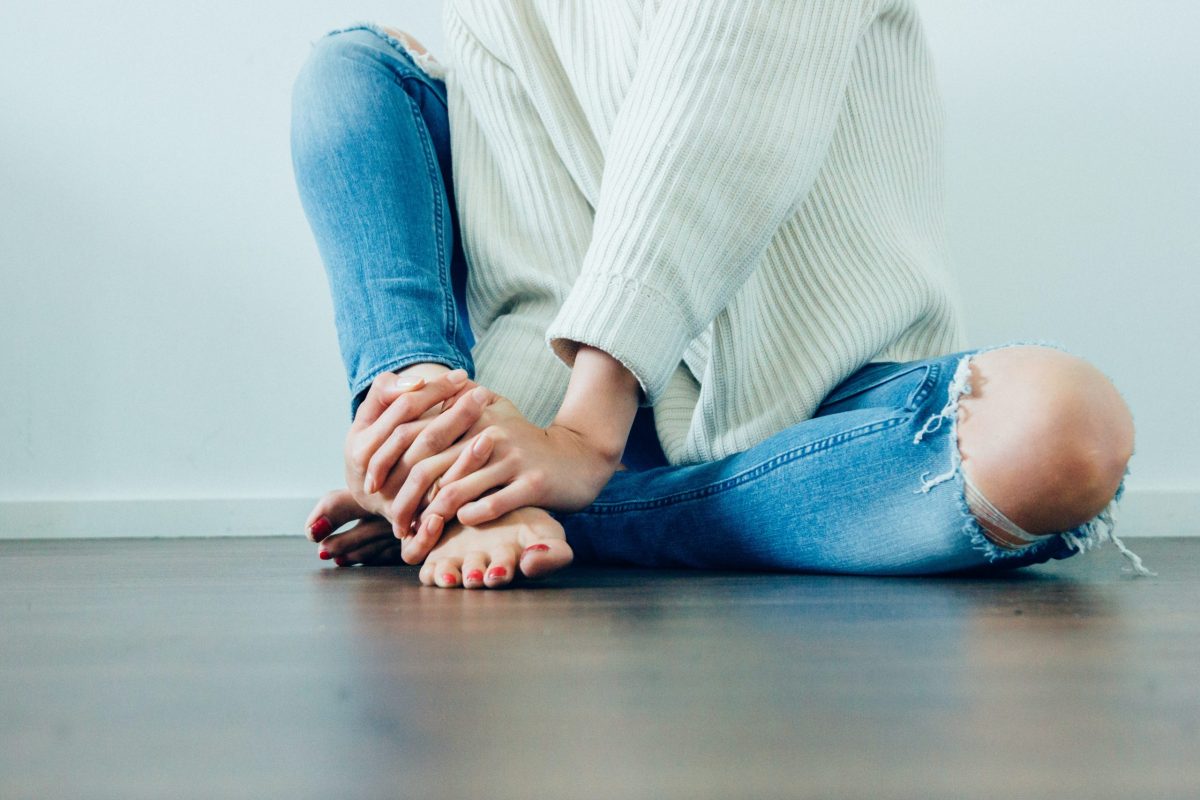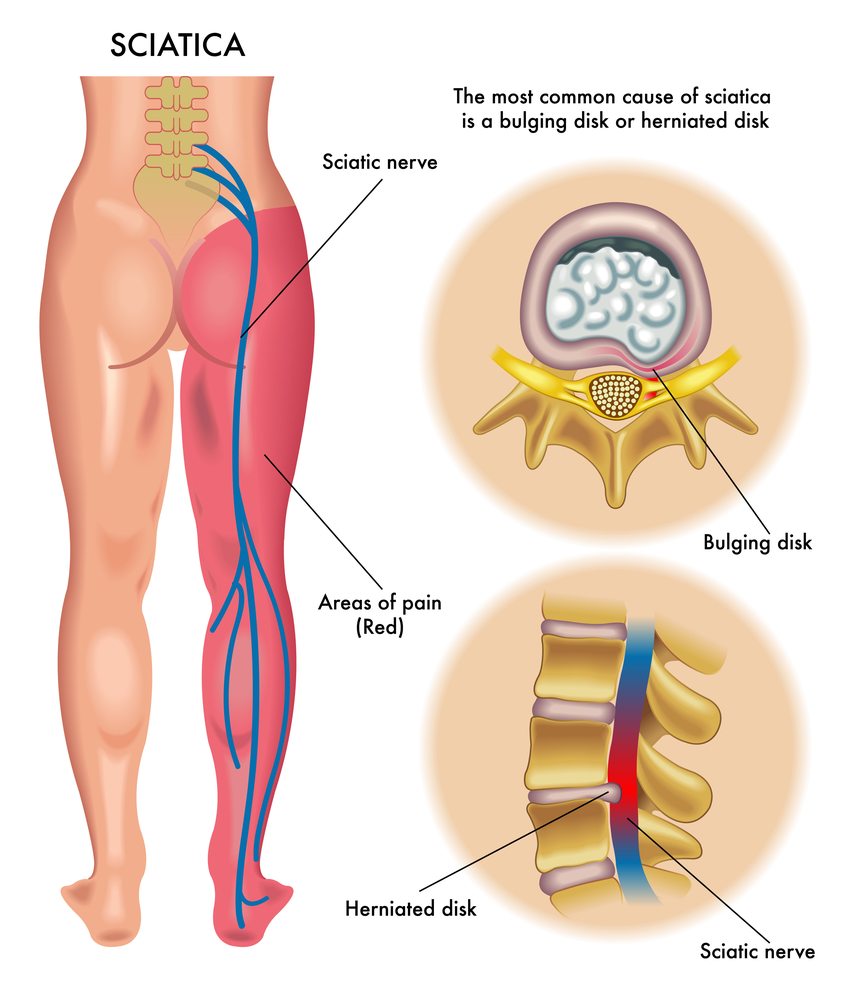Sciatica
How Does Ice Help Sciatica
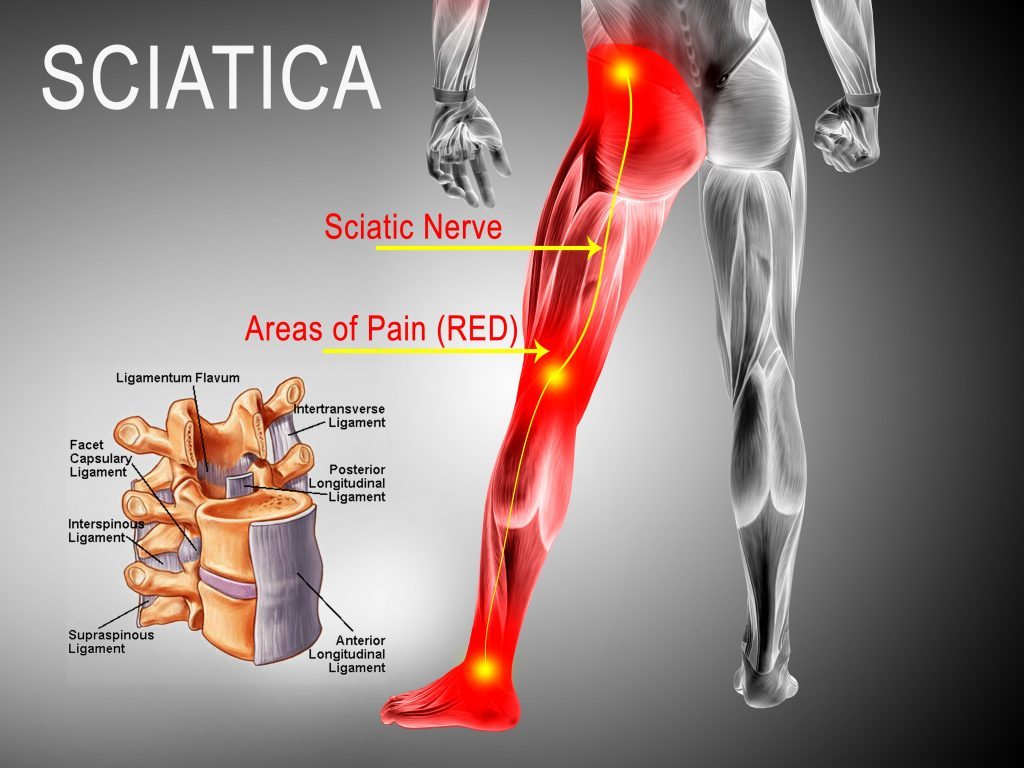
Does The Use of Ice Help Sciatic Pain?
Use ice therapy as soon as your pain starts
Ice or cold therapy is recommended when your sciatica is acute or flares up. Cold therapy typically works by:
- Increasing your tolerance to pain and slowing down the speed at which your nerves send pain signals to the brain
If you have sciatica, you might be wondering how to apply ice to ease the pain. This article will answer all your questions, including where to place the ice pack, how long you should apply it, and which method is better – ice or heat therapy. Hopefully, these answers will be helpful to you and your doctor. After reading this article, you’ll be on your way to treating your sciatica in a healthy manner.
Where do you put ice for sciatic nerve pain?
Sciatica sufferers should freeze the affected area of the leg pain. This reduces sciatica inflammation and discomfort. Apply ice 20 minutes on, 20 minutes off, three times a day to ease painful muscle spasms.
The lower back and pelvis should be iced for sciatica. This is where the sciatic nerve begins, thus cooling it will relax nerves and numb pain. Crushed ice, frozen water bottles, and homemade gel packs can also be used. Cool compresses can ease leg pain.
What are the underlying factors that lead to sciatica?
A herniated disk in the spinal column is responsible for most cases of sciatic nerve pain, accounting for around 90 percent of all occurrences. Disks made of connective tissue act as a cushion between each of our vertebrae, which are the bones that make up our spine. When these become worn out due to an acute injury, overuse, or other circumstances, the sciatic nerves can become compressed, which can produce discomfort. This can happen for many different reasons.
Does an ice pack relieve sciatica pain?
It won’t relieve pain but will reduce sciatic nerve inflammation. First, numb the affected area with a compress. Avoiding ice can prevent frostbite. 15 to 20 minutes of ice is okay. Then use heat or a heated cloth.
Heat and ice relieve sciatic nerve discomfort. Heat increases flow of blood and reduces inflammation. Alternate heat and ice for relief. Alternate cold and heat on afflicted region for 20 minutes. Every two hours, switch ice and heat. Towel the area. Don’t touch skin.
Is heat or ice better for sciatica pain?
Switching between cold and hot therapy for sciatica pain is popular. Sciatica is not like other body pains. Sciatic discomfort is inflammation, not a slipped disk. Heat causes edema whereas coolness lowers it. What’s best for sciatica?
Both heat and cold can relieve sciatica pain, but only briefly. Heat therapy should only be used during a flare-up since it can damage skin and nerves. You can also use frozen vegetables instead of ice to relieve pain.
Sciatica sufferers must know which nerve compression is causing their discomfort. Pressure from the vertebrae weakens the disk’s outer surface, causing the gel-like center to expand and press on the nerve root.
How long should you ice painful muscle spasms?
Icing sciatica-affected areas reduces inflammation and pain. This therapy should be done twice or three times a day for 20 minutes on, 20 minutes off. Symptoms should prompt ice therapy. Instructions:
Sciatica ice therapy numbs the region. Pain causes swelling and fluid buildup. Ice therapy reduces pain and swelling by lowering inflammation. Ice slows blood flow by restricting blood vessels. Bleeding reduces inflammation. This approach helps with activity-induced sciatica.
Thermotherapy is another treatment. This approach reduces discomfort and improves movement. Combine cold and heat therapy. Hot heat can injure skin and shouldn’t be applied immediately. People with certain medical issues should not use heat therapy since it can cause skin harm. Alternately, you can use a heated pack followed by ice. If you don’t experience discomfort following cold and heat therapy, alternate as needed to lessen pain.
Is walking good for sciatica pain?
Walking is good for sciatic nerve pain, but it can aggravate it. Incorrect walking can compress the lumbar disks and aggravate the sciatic nerve. Consider your initial foot contact, leg length, and walking pace when walking. Walking slowly might ease sciatica discomfort.
Sciatic discomfort is multifaceted. Walking can worsen symptoms and pain. Only walk if your symptoms are better, and avoid bending and lifting. This rule isn’t limited to weights. Avoid fatty, sugary, and alcohol-rich diets for sciatica. Find out which foods trigger your sciatica.
Low-impact aerobic exercise includes walking. Sciatica pain sufferers can benefit because it reduces back stress. Walking may cause sciatica, but you can take medicine or rest. If walking hurts, take a few days off. You can exercise but limit walking and jogging.
What is the fastest way to cure sciatica?
Alternate therapy is excellent for sciatica. Heat and cold reduce inflammation and relax muscles. Heat packs can also be used to boost blood flow. Alternate between the two therapies and protect your skin. After 20 minutes, you’ll see a difference with any treatment.
Rest also helps. While relaxing won’t relieve sciatica, ice improves blood circulation. Raise your knees when lying down. This reduces back and leg strain and edema. You’ll feel better if you relax. Alternate heat and ice to relieve pain if you can’t rest.
How do you Unpinch sciatic nerve leg pain?
Sciatic nerve pain is treatable. Ice and heat are common pain remedies. These approaches may not cure your pain. Try natural remedies to reduce inflammation and pain. Having a slipped disk might put pressure on your spinal cord. Ice and heat reduce sciatica symptoms.
First, expand the region. Stretches can ease sciatica discomfort. Cross-leg stretching is one. Cross right ankle over left during the stretch. Repeat this stretch three or five times. If the discomfort persists, see a doctor. Yoga or mild activities help strengthen back muscles. Meditation reduces pain perception. Acupuncture stimulates the body’s healing reaction. Herbal supplements may contain anti-inflammatory ingredients. These natural cures need more research.
What kills sciatica pain?
Resting with one leg up helps. Do this twice or thrice daily. Ice may also help. Icing reduces swelling. 20-minute on, 20-minute off, multiple times a day.
Herniated disks cause sciatica. Sciatic nerve pain causes include herniated disks, bone spurs, and more. Imaging tests are needed to diagnose sciatica. Herniated disks can be detected by MRI, CT, and x-ray. Doctors also check for leg nerve compression. A bulging lower back disk may cause sciatica. Leg and foot pain radiates. Pinched nerves create weeks-long symptoms.
Conclusion
The patient that feels sciatica pain spikes that can connect to back pain. Using ice packs can be used for cold therapy for immediate relief. This will numb the severe pain that is caused by sciatic pain. Always keep an ice pack for emergency physical therapy that you may be needing. Sciatic nerve pain can also be caused by damaged proper posture and can feel intense pain. Not only can cold therapy help, but heat encourages blood flow to the painful area. Slowing tissue metabolism reduces inflammation. Chemicals released by injured cells leak blood vessels. This fluid causes adjacent tissues to expand. While this is your body’s way of protecting the area, leaking blood vessels might cause unwanted inflammation. Cold therapy reduces blood vessel leakage and inflammation.
Diabetes is a contributing factor in a significant number of cases of peripheral neuropathy. The most typical kind of peripheral neuropathy is diabetic neuropathy, which is brought on by an elevated blood sugar level and manifests itself as damaged nerve fibers in the lower extremities (legs and feet). The intense pain and inflammation associated with nerve-related injuries can be reduced with cold therapy, which doctors recommend using for the first 48 to 72 hours after a patient experiences sciatica. Heat treatment should be avoided until the inflammation subsides, as it can exacerbate the problem.

